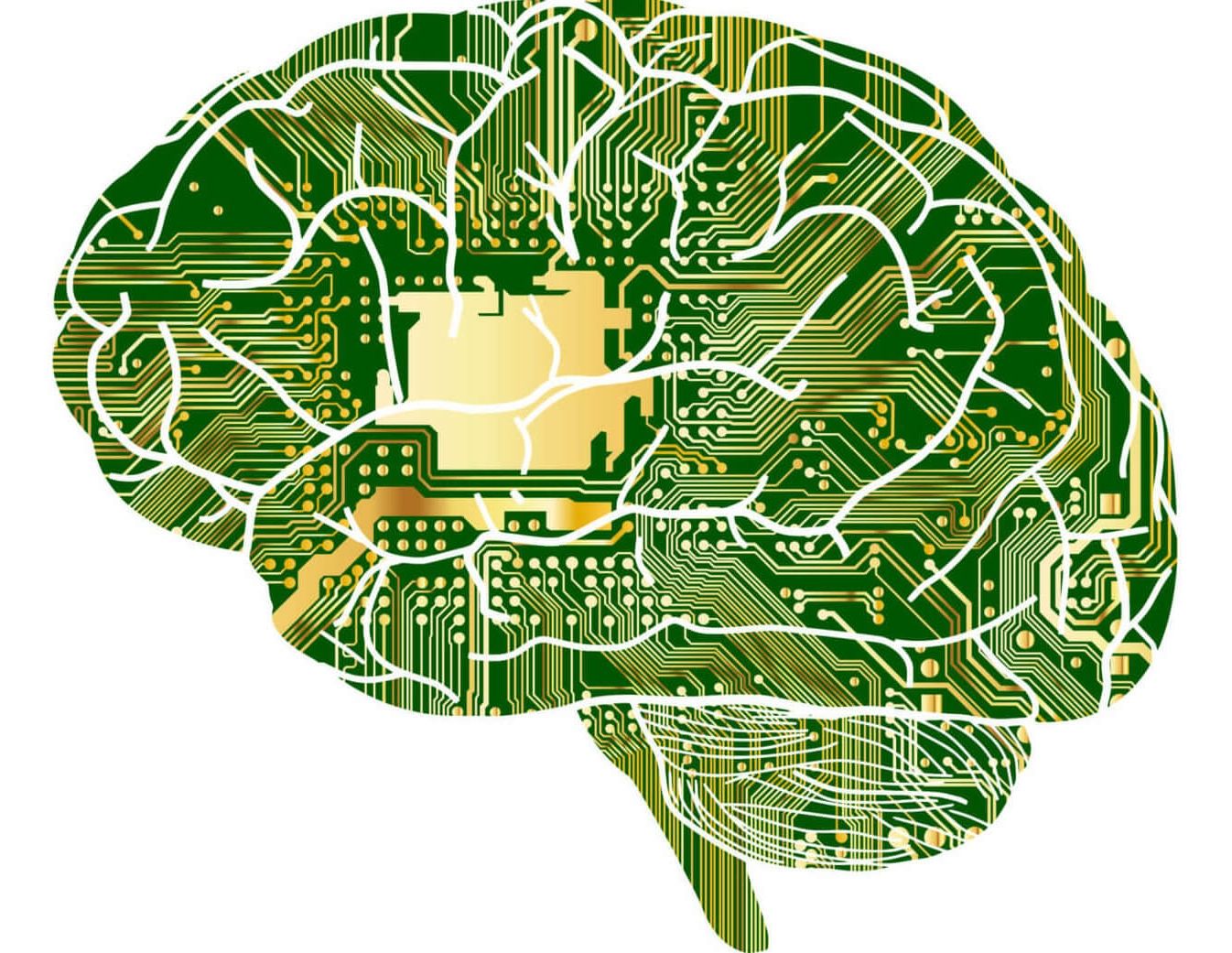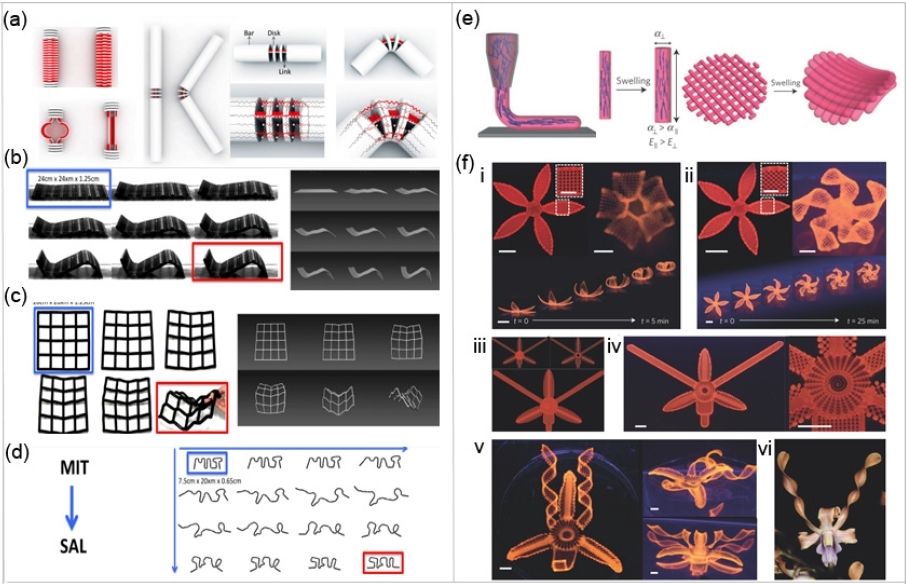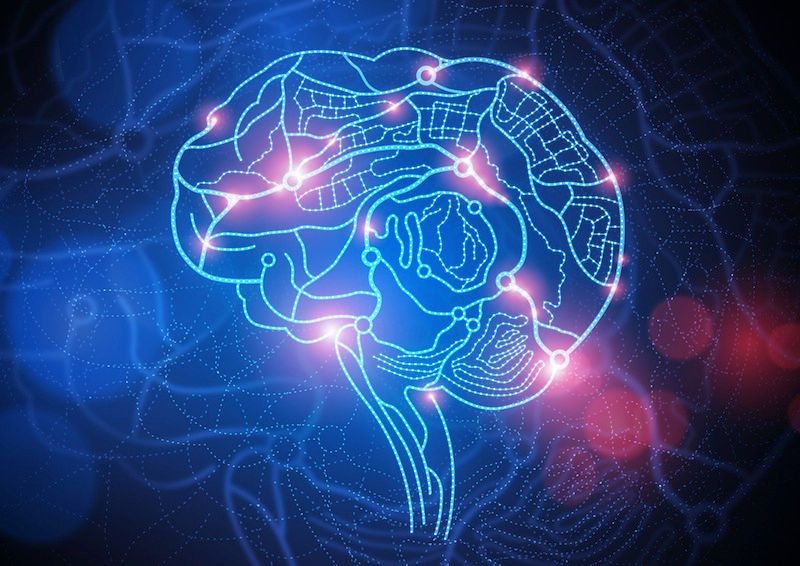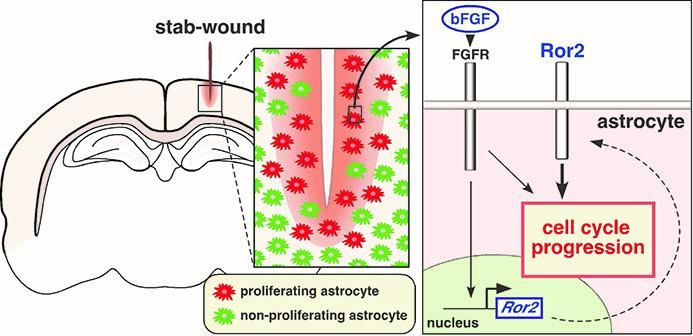Page 10372
Dec 15, 2016
Why we are still light years away from full artificial intelligence
Posted by Karen Hurst in categories: drones, robotics/AI, singularity
The future is here… or is it?
With so many articles proliferating the media space on how humans are at the cusp of full AI (artificial intelligence), it’s no wonder that we believe that the future — which is full of robots and drones and self-driven vehicles, as well as diminishing human control over these machines — is right on our doorstep.
But are we really approaching the singularity as fast as we think we are?
Continue reading “Why we are still light years away from full artificial intelligence” »
Dec 15, 2016
3D Printed Circuit Boards: First PCB 3D Printers Available Soon
Posted by Karen Hurst in categories: 3D printing, electronics
For makers, 3D printed circuit boards are no longer a mere dream. 3D printers. which can do DIY PCB printing, will become commercially available soon.
The making of DIY circuit boards is a complex task. First, you’ll have to plan the PCB, make a 2D print of the layout, cut a copper plate, transfer the PCB layout to the copper plate, iron the circuit, go through the process of etching, cleaning, disposing… and after some hours of manual labor, you should be ready.
There must be a way to do this more efficiently, right? Wouldn’t a 3D printer be perfect for that job? Fortunately, the first PCB 3D printers will become available soon. Currently, these machines are able to 3D print electronics.
Dec 15, 2016
4D bioprinting: adding dynamic actuation
Posted by Karen Hurst in categories: 4D printing, bioprinting
Improving Synbio through 4D.
A topical review in Biofabrication examines the potential of 4D bioprinting for creating biostructures with controllable motion.
Dec 15, 2016
Gene editing takes on new roles
Posted by Karen Hurst in categories: bioengineering, biotech/medical, genetics, neuroscience
What combinations of mutations help cancer cells survive? Which cells in the brain are involved in the onset of Alzheimer’s? How do immune cells conduct their convoluted decision-making processes? Researchers at the Weizmann Institute of Science have now combined two powerful research tools — CRISPR gene editing and single cell genomic profiling — in a method that may finally help us get answers to these questions and many more.
The new technology enables researchers to manipulate gene functions within single cells, and understand the results of each change in extremely high resolution. A single experiment with this method, say the scientists, may be equal to thousands of experiments conducted using previous approaches, and it may advance the field of genetic engineering for medical applications.
The gene-editing technique CRISPR is already transforming biology research around the world, and its clinical use in humans is just around the corner. CRISPR was first discovered in bacteria as a primitive acquired immune system, which cuts and pastes viral DNA into their own genomes to fight viruses. In recent years, this bacterial system has been adopted by researchers to snip out or insert nearly any gene in any organism or cell, quickly and efficiently. “But CRISPR, on its own, is a blunt research tool, since we often have trouble observing or understanding the outcome of this genomic editing,” says Prof. Ido Amit of the Weizmann Institute of Science’s Immunology Department, who led the study. “Most studies so far have looked for black-or-white types of effects,” adds Dr. Diego Jaitin, of Amit’s lab group, “but the majority of processes in the body are complex and even chaotic.”
Dec 15, 2016
How Researchers Tapped into Brain Activity to Boost People’s Confidence
Posted by Karen Hurst in category: robotics/AI
There may be a way to tap into people’s brain activity to boost their confidence, a new study suggests.
In the study, the researchers used a technique called decoded neurofeedback, which involves scanning people’s brains to monitor their brain activity, and using artificial intelligence to detect activity patterns that are linked with feelings of confidence.
Then, whenever these patterns are detected, people are given a reward — in this case, participants were given a small amount of money.
Dec 15, 2016
This Device Can Bypass Spinal Injuries to Help Defeat Paralysis
Posted by Karen Hurst in categories: biotech/medical, neuroscience
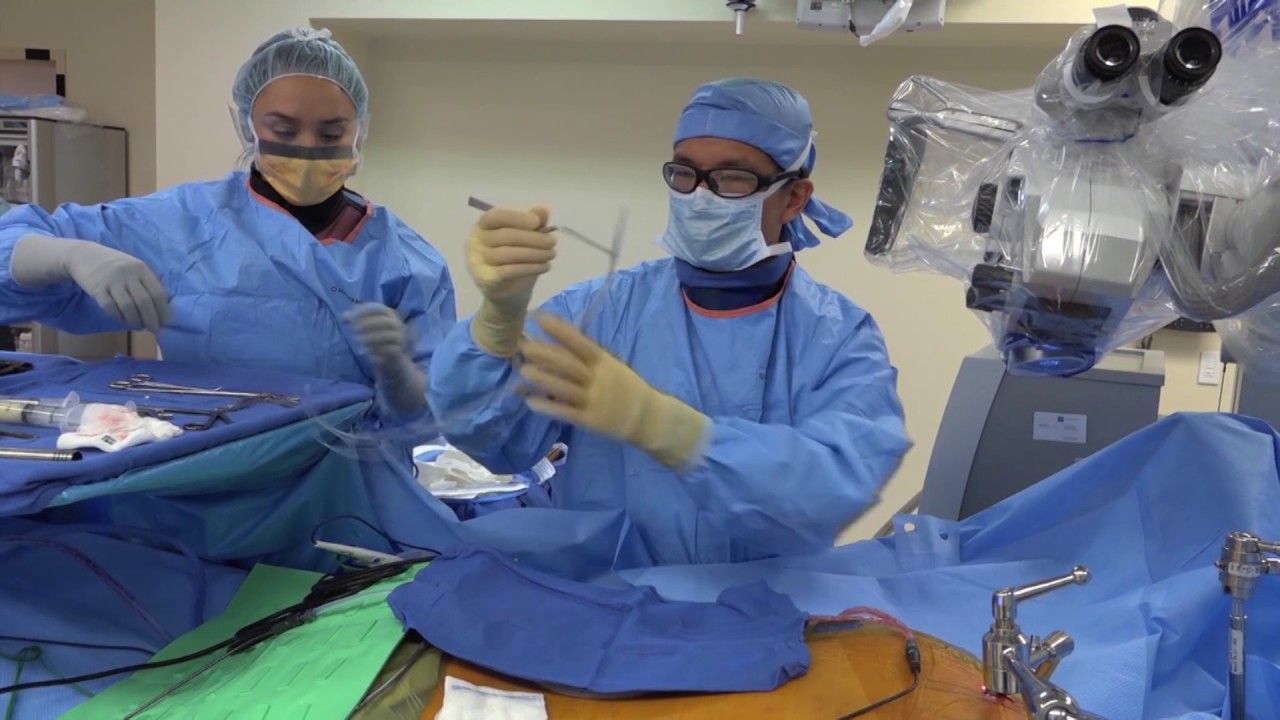
Nice.
Doctors in the US have developed a stimulator that bypasses spinal injuries by forcing the body to use alternative pathways to transmit signals from the brain to other areas of the body.
Continue reading “This Device Can Bypass Spinal Injuries to Help Defeat Paralysis” »
Dec 15, 2016
How brain tissue recovers after injury
Posted by Karen Hurst in categories: biotech/medical, neuroscience
Nice write up.
A research team led by Associate Professor Mitsuharu ENDO and Professor Yasuhiro MINAMI (both from the Department of Physiology and Cell Biology, Graduate School of Medicine, Kobe University) has pinpointed the mechanism underlying astrocyte-mediated restoration of brain tissue after an injury. This could lead to new treatments that encourage regeneration by limiting damage to neurons incurred by reduced blood supply or trauma. The findings were published on October 11 in the online version of GLIA ahead of print release in January 2017.
When the brain is damaged by trauma or ischemia (restriction in blood supply), immune cells such as macrophages and lymphocytes dispose of the damaged neurons with an inflammatory response. However, an excessive inflammatory response can also harm healthy neurons.
Dec 15, 2016
Columbia University reveal what your brain looks like when you ‘zone out’
Posted by Karen Hurst in categories: biotech/medical, neuroscience

Pretty wild.
A mesmerising new video reveals how neuronal signaling changes blood flow through the brain. Image shows patterns of brain activity occurring across the bilateral cortex of an awake mouse. Colours indicate different patterns of activity over time.
Continue reading “Columbia University reveal what your brain looks like when you ‘zone out’” »
Dec 15, 2016
The neuroscience behind imagination
Posted by Karen Hurst in categories: cosmology, education, neuroscience
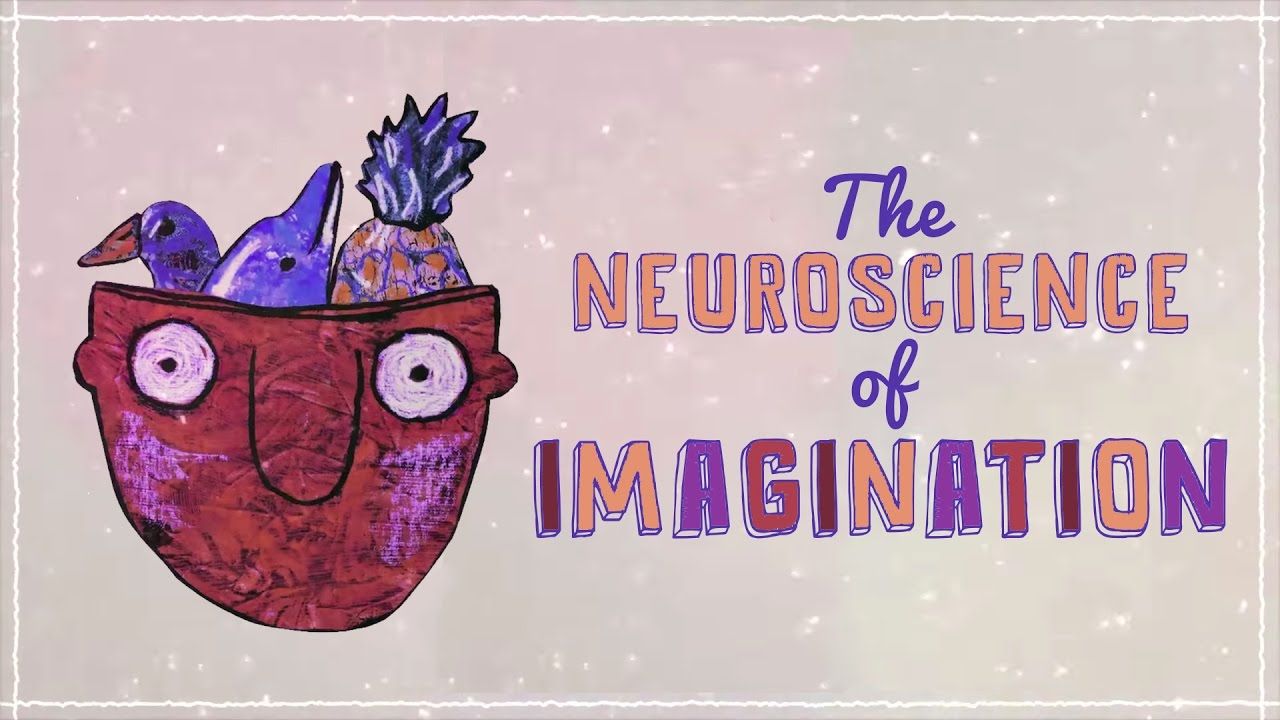
Trying to simplify and understand imagination isn’t that easy. Should be a great read for my tech friends trying to replicate this process.
Imagination… we can all imagine things – even things we have never seen before. Even things that don’t exist. How do our brains achieve that?



